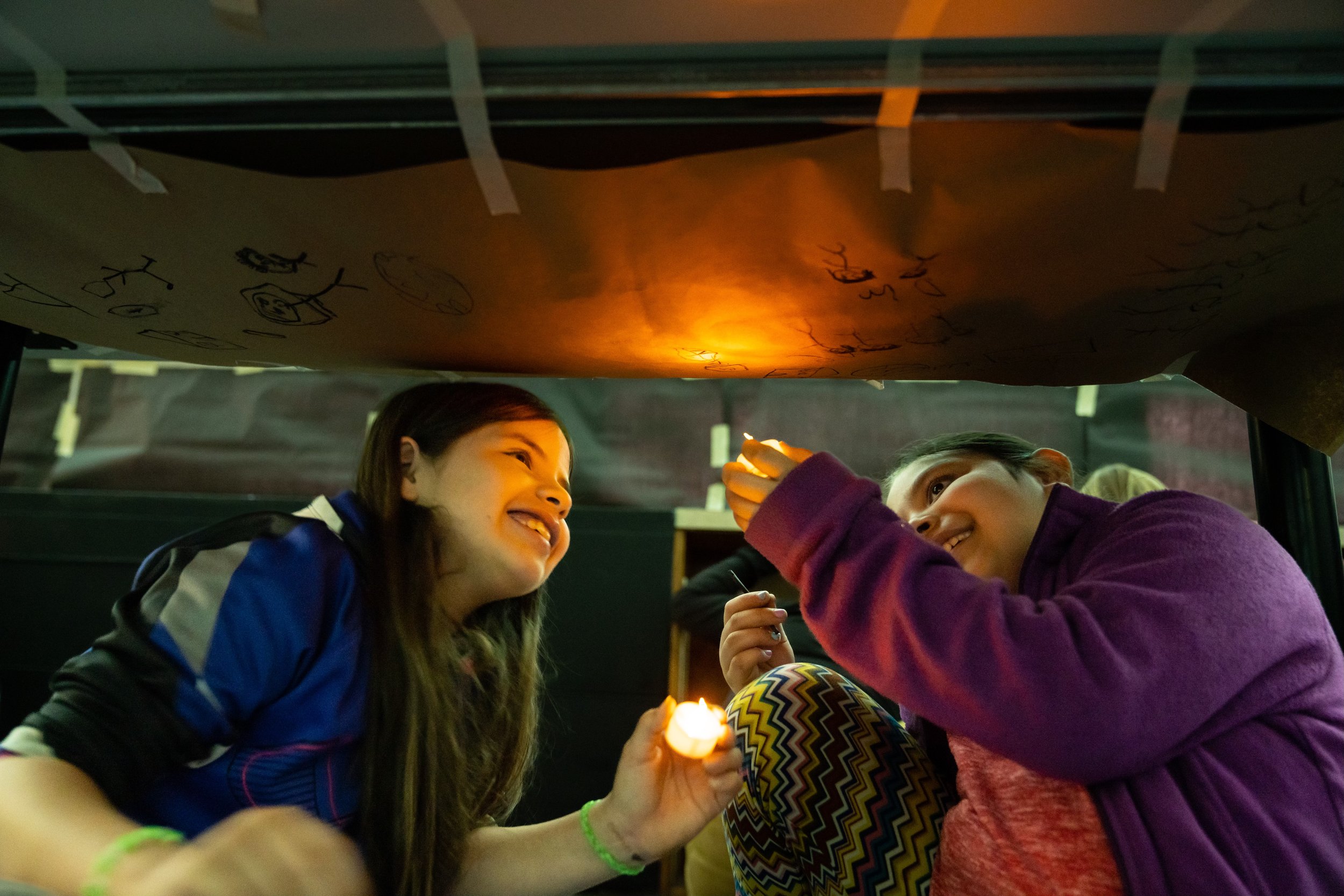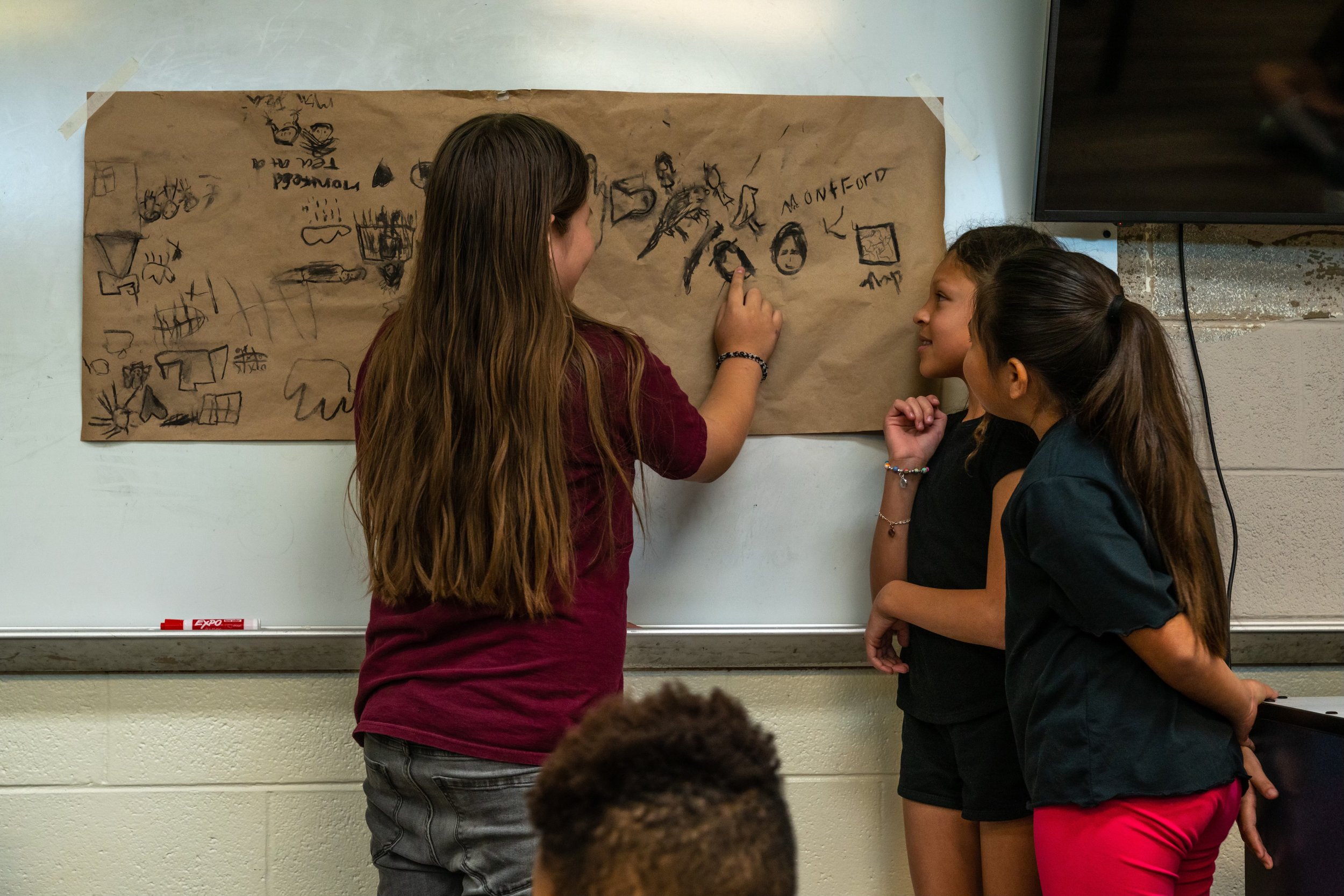The Power of Belonging: Connecting Kids to Their Heritage Through The Mural of America
Imagine a classroom where children learn not just from textbooks, but from the landscape and culture around them. Research from the Yale Child Study Center on place-based education reveals something remarkable: when kids feel a deep connection to where they come from, their health and educational outcomes improve. The reason is simple yet profound—these children develop a sense of belonging, pride, and continuity. They feel rooted, like they're part of something larger than themselves.
That’s where the Mural of America comes in. This educational initiative is designed to build on that research, showing children that they are not just living in a moment but are connected to thousands of years of history and culture. Through art and storytelling, they learn about the people who came before them, who lived on this land, and who left their mark in the form of rock art and other creative expressions.
One of the most compelling aspects of the Mural of America is how it brings these ancient stories to life, helping children see that they are part of a much larger narrative. It doesn’t matter where they come from—rural, urban, East Coast, West Coast—because the truth is, we are all part of this collective story. And that’s a core part of the American experience. Regardless of heritage or background, we are all Americans. We are all connected by the shared history of this land, and that should be something we take pride in.
The story of America is rich and diverse, woven from the unique and varied experiences of its people. By going back to the earliest signs of civilization on this continent—rock art that dates back 20,000 years—we can start to understand that we are part of a chain. A chain that links the past, present, and future. And our children, the future storytellers and artists, are links in that chain.
As Chickasaw artist Dustin Mater beautifully expresses, seeing ancient icons in the rock art alongside his contemporary works shows the "connective tissue" that exists across time. It’s a visual representation of how art and culture are not static but flow through generations, influencing and inspiring. These connections help kids understand that they are part of something larger—whether they’re creating art or simply appreciating it, they are contributing to the continuation of a legacy.
Ute spiritual leader Larry Cesspooch echoes this sentiment. He believes that Indigenous ancestors left these images here, not just for descendant communities, but for all future generations. Rock art is a gift from the past, meant to inspire future generations, reminding us that our heritage is shared and that we all have a role in preserving and honoring it.
Through the Mural of America, children are reminded that they are important—that their stories, their contributions, and their understanding of the past matter. This realization has the potential to transform them. It helps them develop a stronger sense of identity and belonging, which, as research shows, can make them healthier, smarter, and ultimately, happier.
By connecting children to the deep and meaningful history of the land they live on, the Mural of America helps foster a love and respect for the place they call home. This sense of care and responsibility for the land and its history will not only benefit the children but also the communities they grow up in. After all, when we know where we come from, we’re better prepared to take care of where we’re going. And that is a lesson worth teaching.







